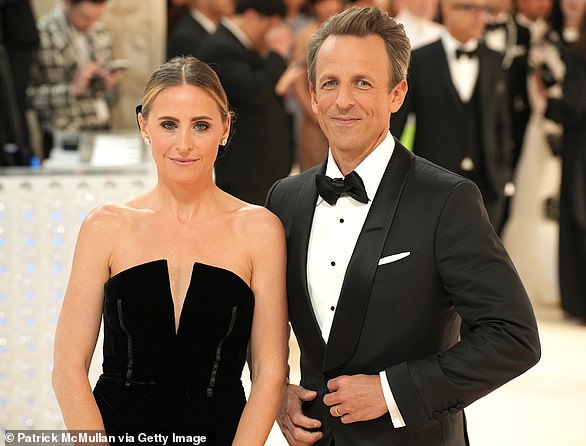From Kirsten Dunst and Jesse Plemons to Maggie Gyllenhaal and Peter Sarsgaard, celebrity couples often look eerily similar.
In fact, this phenomenon gave rise to the term “doppelbanger”: two people with similar traits who are intimately involved.
This has led to speculation that looking alike is somehow conducive to a better or longer lasting relationship.
But German researchers, who used artificial intelligence (AI) to analyze celebrity photos, found there was no evidence to support this hypothesis.
Celebrity couples who look alike are no more likely to stay together than couples who have different faces, like David and Victoria Beckham, or Emily Blunt and John Krasinski, they say.
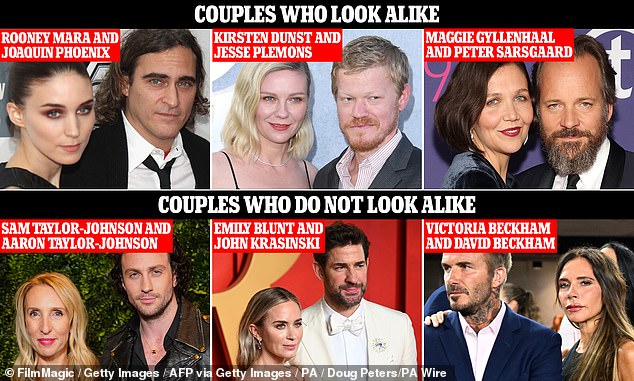
Despite the findings, there is compelling evidence from celebrities that we are attracted to those who look like us (top row), although non-doppelbanger couples prove that the opposite is also true (bottom row).
The new study was led by Veronika Shavlokhova of the Ruppin-Brandenburg University Hospital for Maxillofacial Surgery in Germany.
The researchers wanted to examine an “under-examined” facet of romantic relationships: the link between facial similarity and partnership duration.
“The long-standing fascination with why some people form and maintain romantic relationships extends from personal curiosity to academic research,” Shavlokhova and her colleagues say in the journal. Symmetry.
“A popular theory is that physical resemblance, particularly in facial features, plays a central role in romantic relationships.
“Current studies of romantic relationships often emphasize facial symmetry as a factor in mate selection and marital satisfaction.”
For this study, they used CELEB-A, a dataset of more than 200,000 celebrity photos provided by the Multimedia Lab at the Chinese University of Hong Kong.
Their final sample included 1,822 heterosexual celebrity couples with an average length of time as a couple – married or not – of around nine years.
AI was used to carefully analyze each celebrity’s facial features, including nose position, mouth width and distance between eyes.
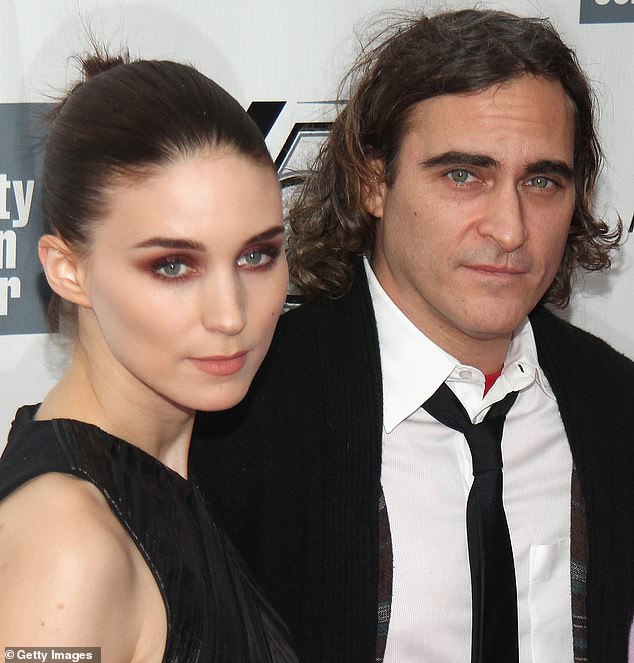

SIMILAR: Many celebrity couples, including actress Rooney Mara and actor Joaquin Phoenix (pictured), look alike
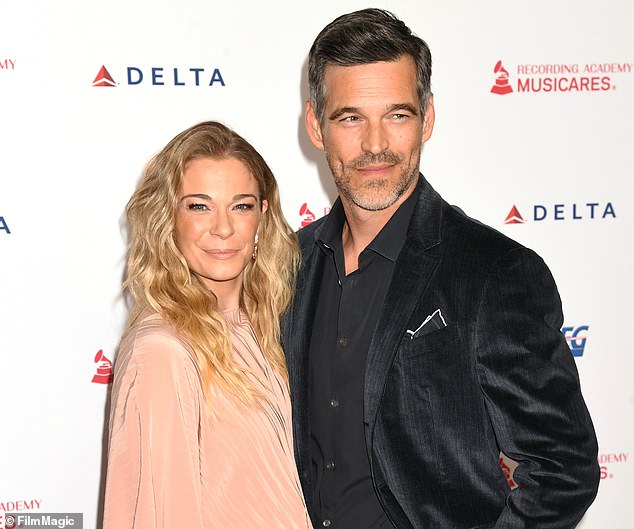

SIMILAR: Spouses Eddie Cibrian and LeAnn Rimes are known for their incredible facial similarities, especially around the eyes.
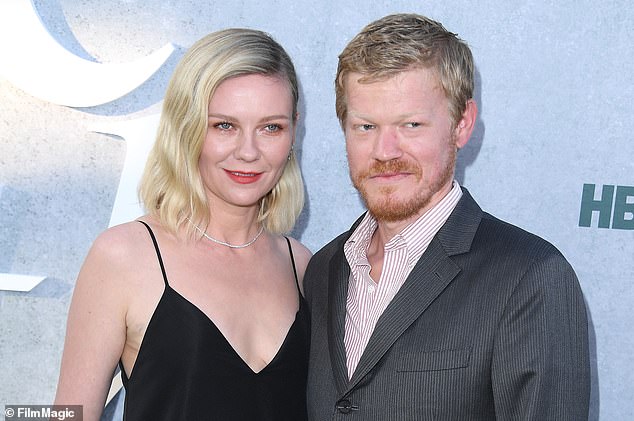

SIMILAR: Kirsten Dunst and Jesse Plemons – known for their similar skin tones and equal heights – pictured here in Los Angeles last year
But ultimately, the study found no significant correlation between facial similarity and partnership duration, nor between facial dissimilarity and partnership duration.
The relationship between facial features and length of partnerships could be “complex” and other nuanced factors could play a “more critical role”, experts say.
Interestingly, the analysis also revealed no differences in facial similarity between married and unmarried couples.
“Overall, these results suggest that facial dissimilarity, whether assessed for the entire face or for particular regions, is not a reliable indicator of partnership duration,” the experts say.
“These findings highlight the complexity of predicting relationship outcomes based on facial attributes alone and suggest that other nuanced factors may play a more critical role in determining relationship dynamics.”
Looking like your partner is of course not a phenomenon reserved for the rich and famous.
A popular Instagram page called @siblingsordating is dedicated to snaps of ordinary couples who look eerily similar, mixed with photos of siblings.
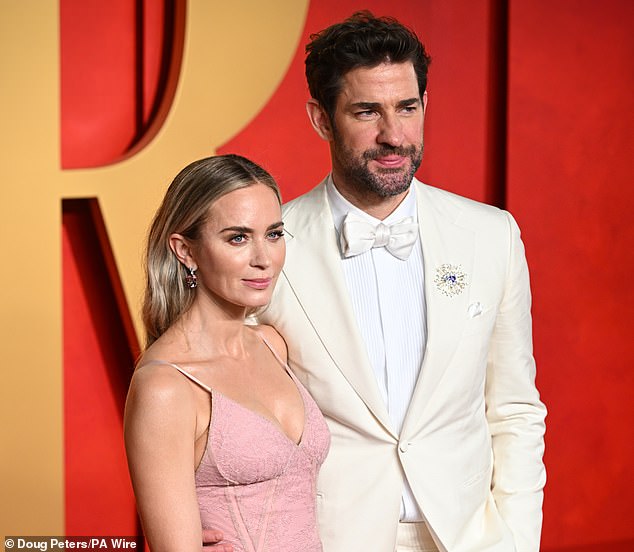

DIFFERENT: English actress Emily Blunt and her husband John Krasinski, star of The US Office
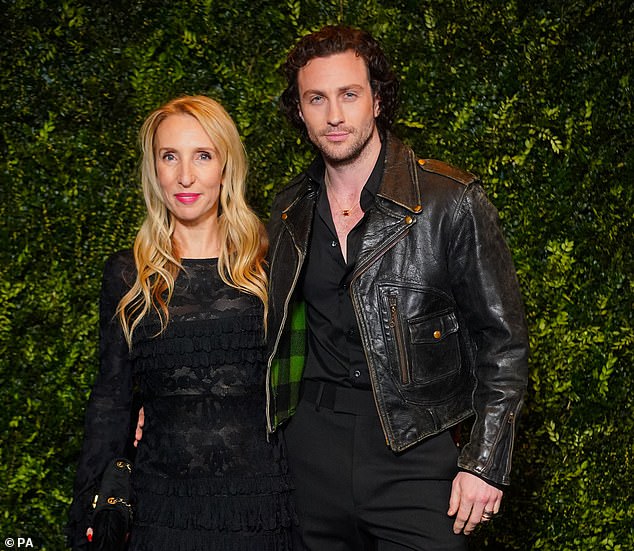

DIFFERENT: British stars Sam Taylor-Johnson and Aaron Taylor-Johnson attend Charles Finch and Chanel’s pre-Bafta 2024 party at London’s Hertford Street Club last month.
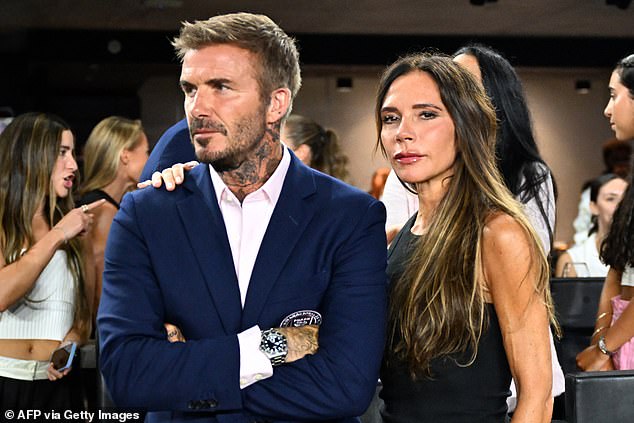

DIFFERENT: In terms of physical attributes, David and Victoria Beckham are about as similar as their respective industries: soccer and music.
But this study looked specifically at celebrities, which, the team admits, “could limit the generalizability of the results to broader populations.”
Despite the findings, there is compelling evidence that we are attracted to those who are similar to us, although non-double couples prove that the opposite is also true.
A study last year found that we are attracted to people with similar facial features because we perceive them as “kind and trustworthy.”
Looking like someone can create a feeling of “relatedness” which can lead to more prosocial behavior and a greater likelihood of forming a couple.


